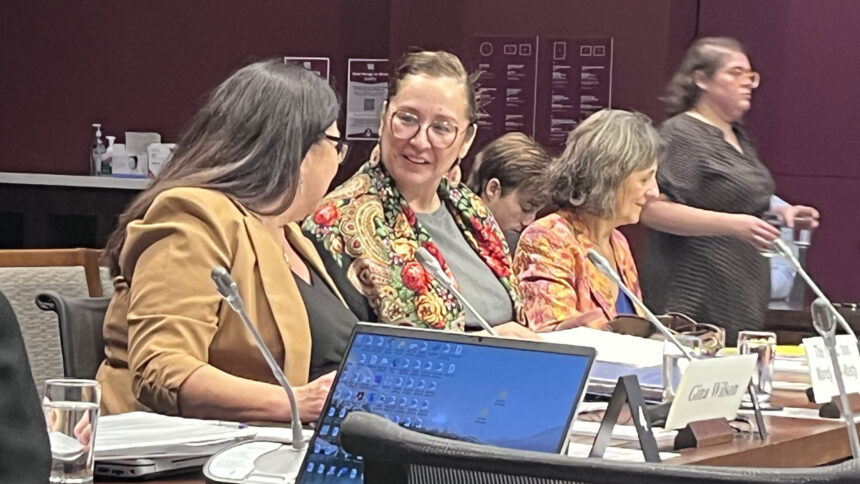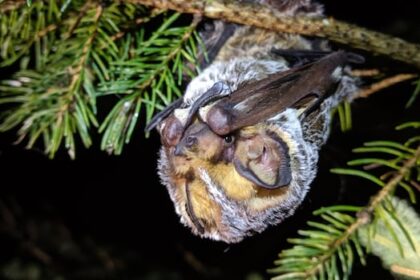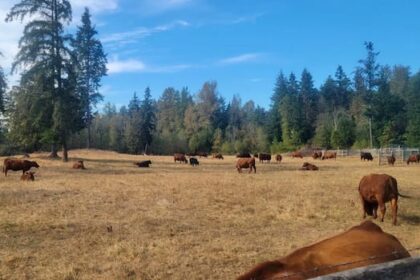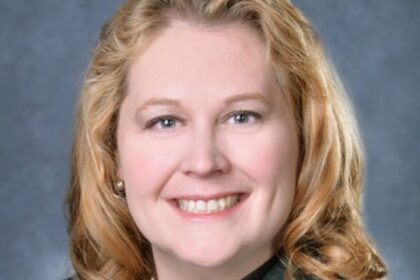The federal Indigenous services minister says she’s promising to fix the second-generation cut-off issue in the Indian Act by the end of the year. While appearing before a Senate committee examining the proposed law Bill S-2 that deals with new registration entitlements, Mandy Gull-Masty was asked by committee members about the second-generation cut-off issue. The issue effects an estimated 20,000 people who would be entitled to be recognized legally as First Nations (Indian Status) if the cut off ended today, according to estimates from ISC. “ I’m committed to finding proper solutions for First Nations, but it must be done in collaboration to address second-generation cutoff,” said Gull-Masty. The second-generation cut off refers to First Nations who were never given legal status, because two generations – their parents and grandparents – intermarried with people without legal status. It ends legal status — the official recognition of a person as a First Nation rights holder, who has access to community rights and treaty rights such as hunting, fishing, and, where applicable, tax exemption. S-2 does not change the “second-generation cut-off.” Instead, S-2 is the government’s latest attempt to fix some of the unfairness in how Indian status, the federal registry, and band membership are handled under the Indian Act for a smaller group – roughly 3,500 to 6,200 people –who once had legal status but lost it under the Act. It focuses on four main changes: restoring legal status to certain individuals, restoring band membership to women who are legally recognized as First Nations but who are not registered with their First Nation, removing offensive language, and making registration rules more consistent. The current changes proposed in S-2 were pushed forward by Nicholas v. Canada, a court case launched in 2021 by several First Nations families. They argued the legacy of enfranchisement was still punishing their descendants. In March 2022, they and the federal government agreed to pause the lawsuit in Ottawa while working on a legislative fix. Bill S-2 is the result of that commitment — a direct response to the case and the promise to end the lingering effects of enfranchisement. Who S-2 impacts and how Gully Masty with Sen. Michelle Audette before the hearing in Ottawa. Photo: APTN. Under the Indian Act, enfranchisement could happen in many ways. Some people were forced to give up their legal status, for example, if they finished a university degree or moved away from their community while others gave it up on their own. Someone might have chosen to be enfranchised so they could vote in Canadian elections. Others enfranchised themselves or their children, often with heavy pressure. For example, parents might have done it to keep their children from being sent to a residential school. Even if those people who were enfranchised died long ago, Bill S-2 states that they will now be recognized as having been entitled to the status. That means their children and grandchildren who are alive today can now be registered. The bill also helps women who lost their band membership because they married non-Indigenous men. In 1985, those women and their children got their legal status as First Nations back. Status is legal recognition by the government. It allows people to exercise treaty rights and access federal government services such as health services through the First Nations and Inuit Health Branch. Band membership is different. It is citizenship in a specific First Nation, with rights such as living on reserve, receiving services from a First Nation’s government, including funding for post-secondary education and voting in their First Nation’s elections. After 1985, many bands still refused to take women who had regained legal status, and their families, back on their citizenship lists. Bill S-2 changes that for lists under the control of the federal government. It requires that these women and their direct descendants — their children and grandchildren — be added. It does not necessarily mean they will be reinstated to the 271 First Nations who define their own membership under custom codes. But S-2, as with past amendments, does not go further than two generations — the second-generation cut-off still applies and many want that rule changed. Gull Masty commits to fixing second-generation cut-off While the committee is studying S-2, the strongest themes at the committee meeting was frustration that the proposed law doesn’t fix the second-generation cut-off. Six of the 13 committee members are First Nations, and a 7th, Sen. Nancy Karetak-Lindell, is Inuk. Each First Nations senator spoke of being personally impacted by the rule and noted the government has been promising to resolve the issue for more than a decade. Conservative Sen. Mary Jane McCallum, a Cree woman, called the cut-off “a violent form of enfranchisement” and “a form of genocide.” Progressive Sen. Brian Francis, a Mi’kmaq from Epekwitk, Mi’kma’ki, warned about the impact of the second-generation cut-off on the future of his community. “Nearly half of our population will not be able to transmit status to their future descendants, including my granddaughters, too,” he said. “If the second generation cutoff is not addressed in a matter of decades, First Nations in Prince Edward Island will be practically eradicated. “It’s really, really serious.” Indigenous Services Minister Mandy Gull Masty acknowledged those concerns and said her own family has lived them — first under the old rules that stripped women of status if they married non-First Nation men, and now under the second-generation cut-off. She told senators she has already consulted with about 90 groups on possible solutions and made an ambitious commitment to be back by the end of the year with solutions. “As a minister, we are, you know, we have our own timeline in this government. It is every part of my integral being to ensure that I’m able to push second generation forward as a standalone solution,” said Gull Masty. “I am targeting to ensure that this process is completed by the end of the year, December 2025. I’m more than willing to come back in the new year to present what I think would be a pathway forward.” Frustration with slow movement Several senior officials from ISC also testified before the committee and took questions from senators who expressed frustration at the slow pace of reform on the second-generation cut-off. They outlined some of the potential solutions raised in consultations with First Nations. These include moving to a one-parent rule, requiring community connections, or sticking with a blood quantum rule, as is done in the United States. The proposals have surfaced among the 90 groups currently being consulted. However, officials cautioned that slow progress has been deliberate. Catherine Lappe, assistant deputy minister at ISC stressed that there is a broad duty to consult and that the 90 groups represent only a starting point. Deputy minister Gina Wilson, an Algonquin from Kitigan Zibi, reminded senators that every past amendment to the Indian Act carried unintended consequences. “If we can actually understand that better this round, we will aim to do so,” Wilson said. Continue Reading
Its really, really serious: ISC minister grilled by Senate committee on 2nd-generation cut-off in Indian Act

Leave a Comment











